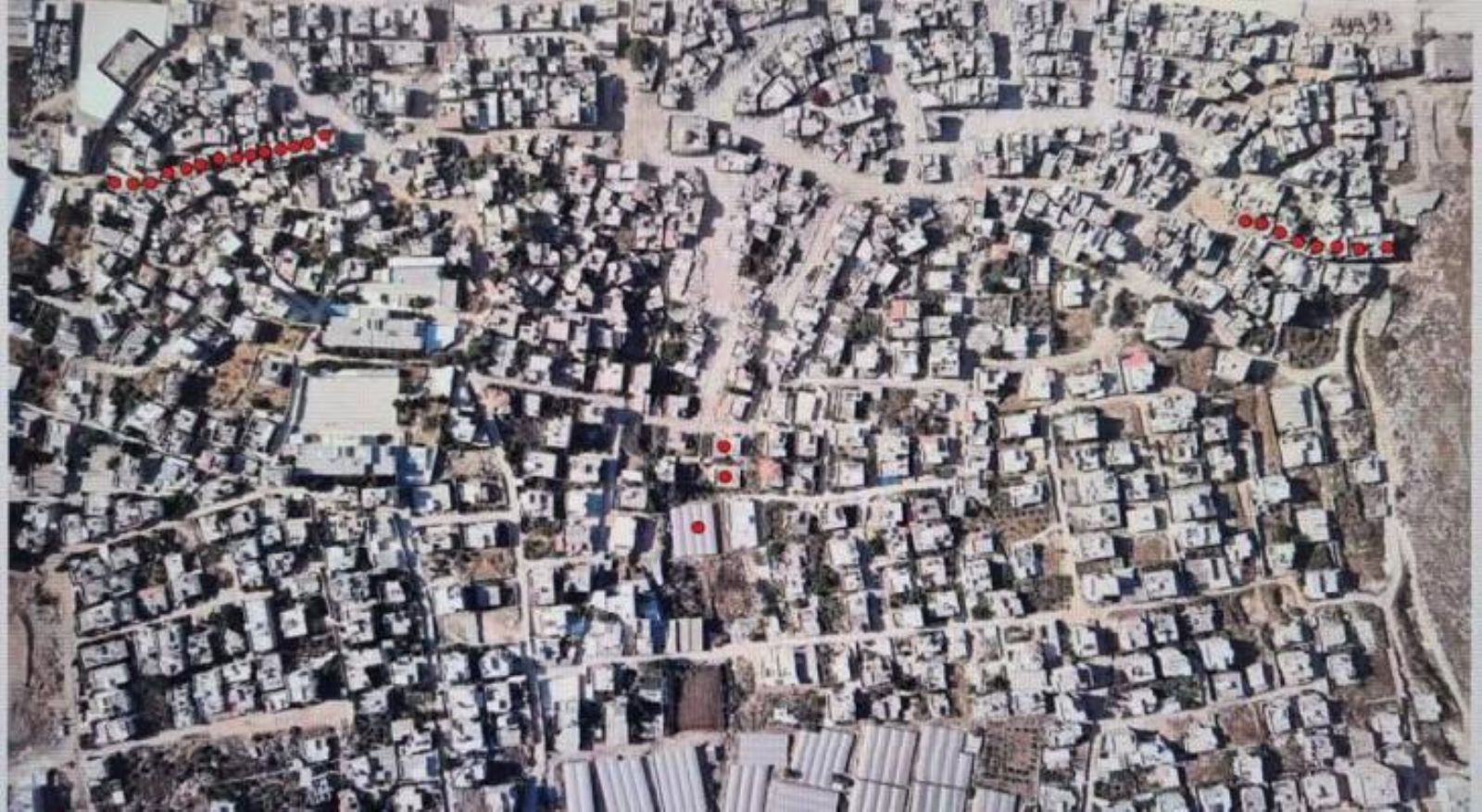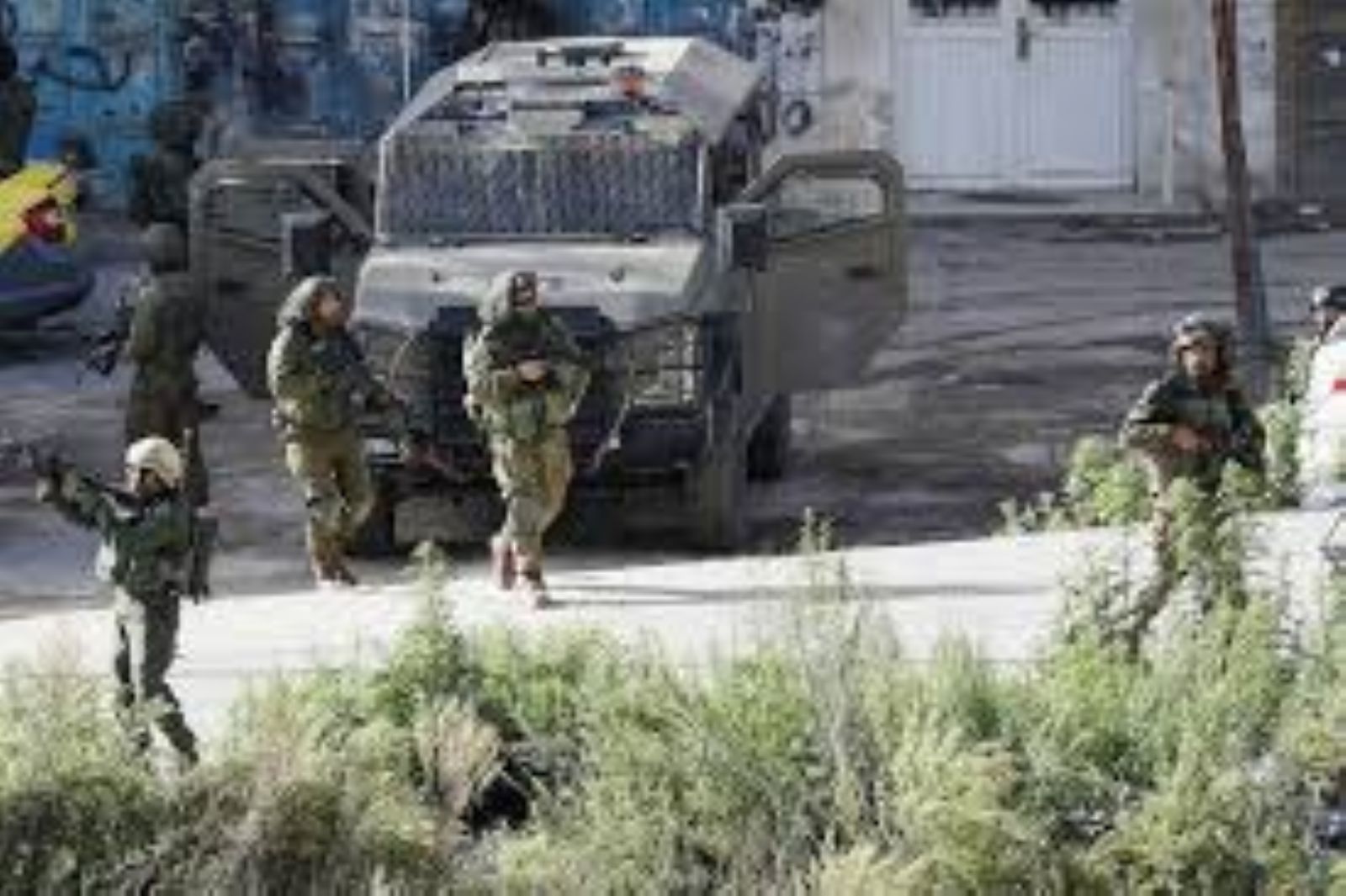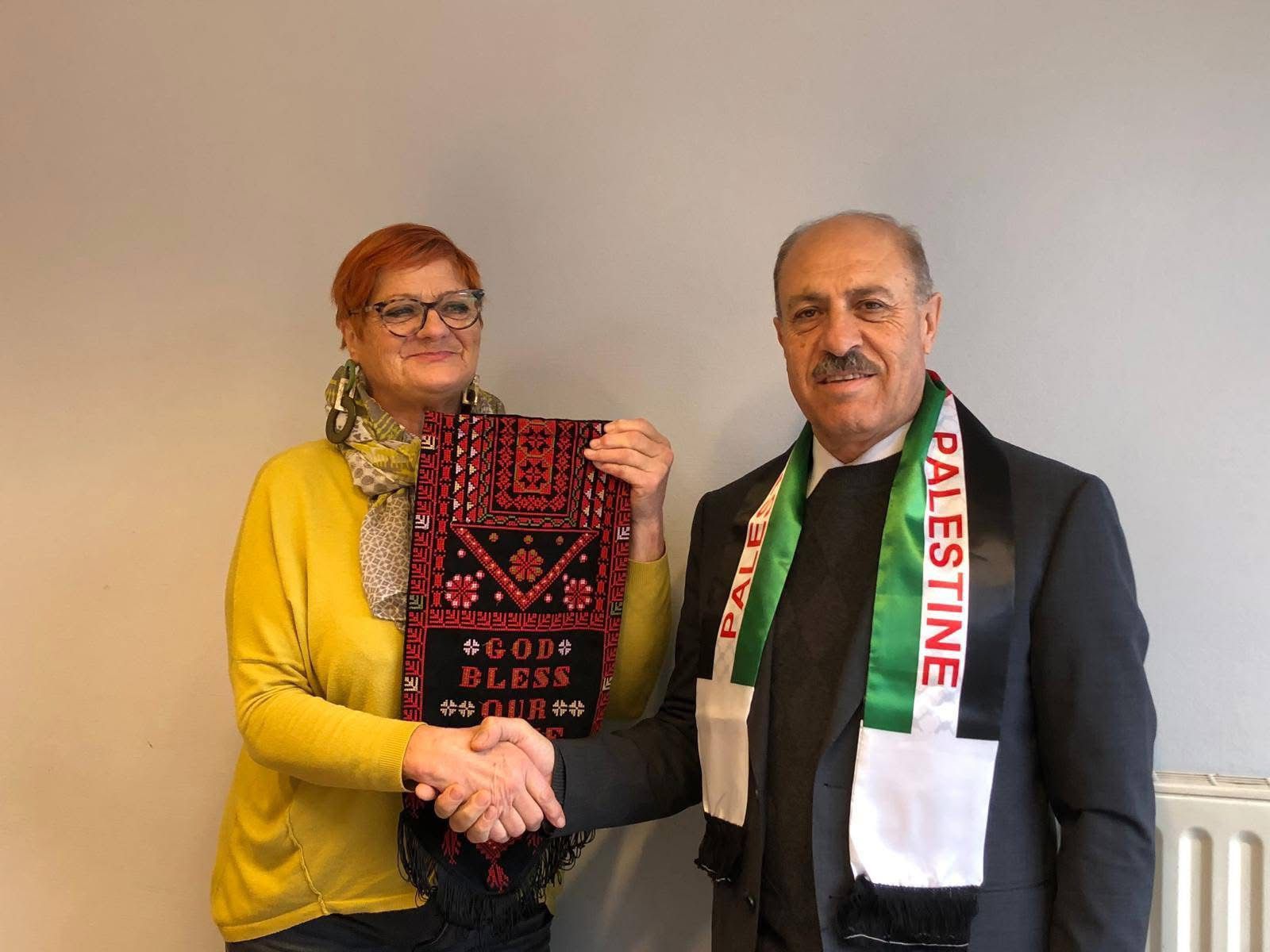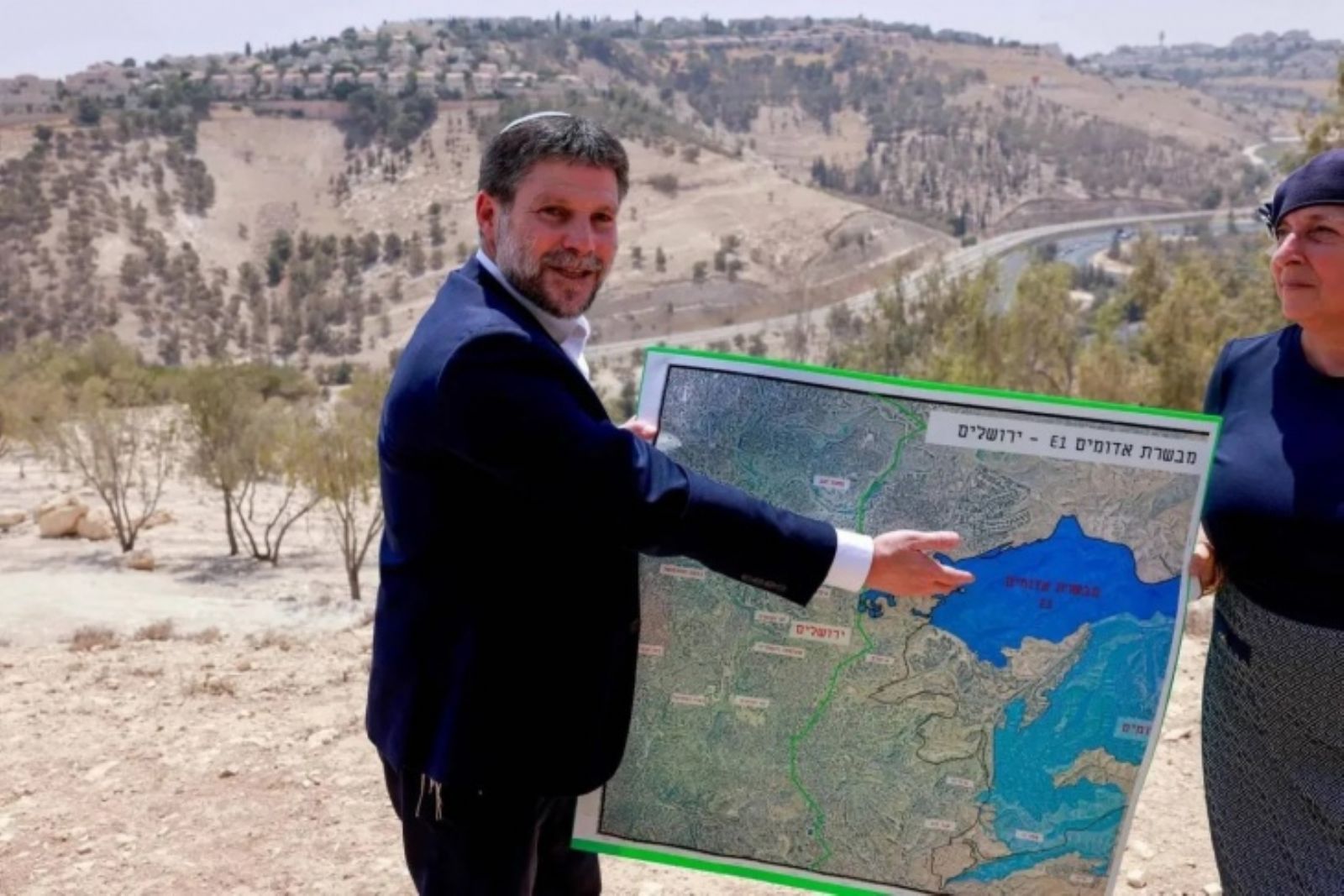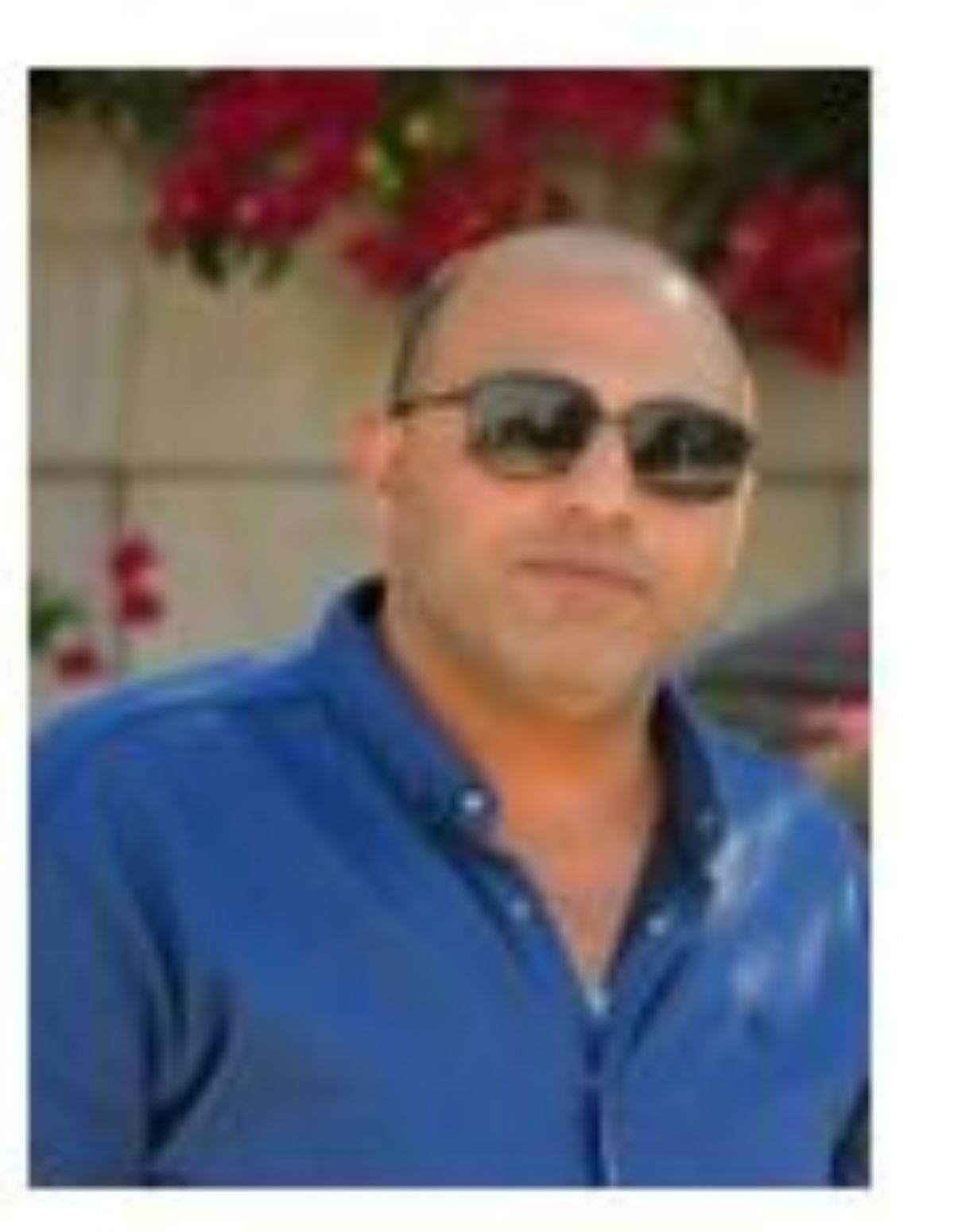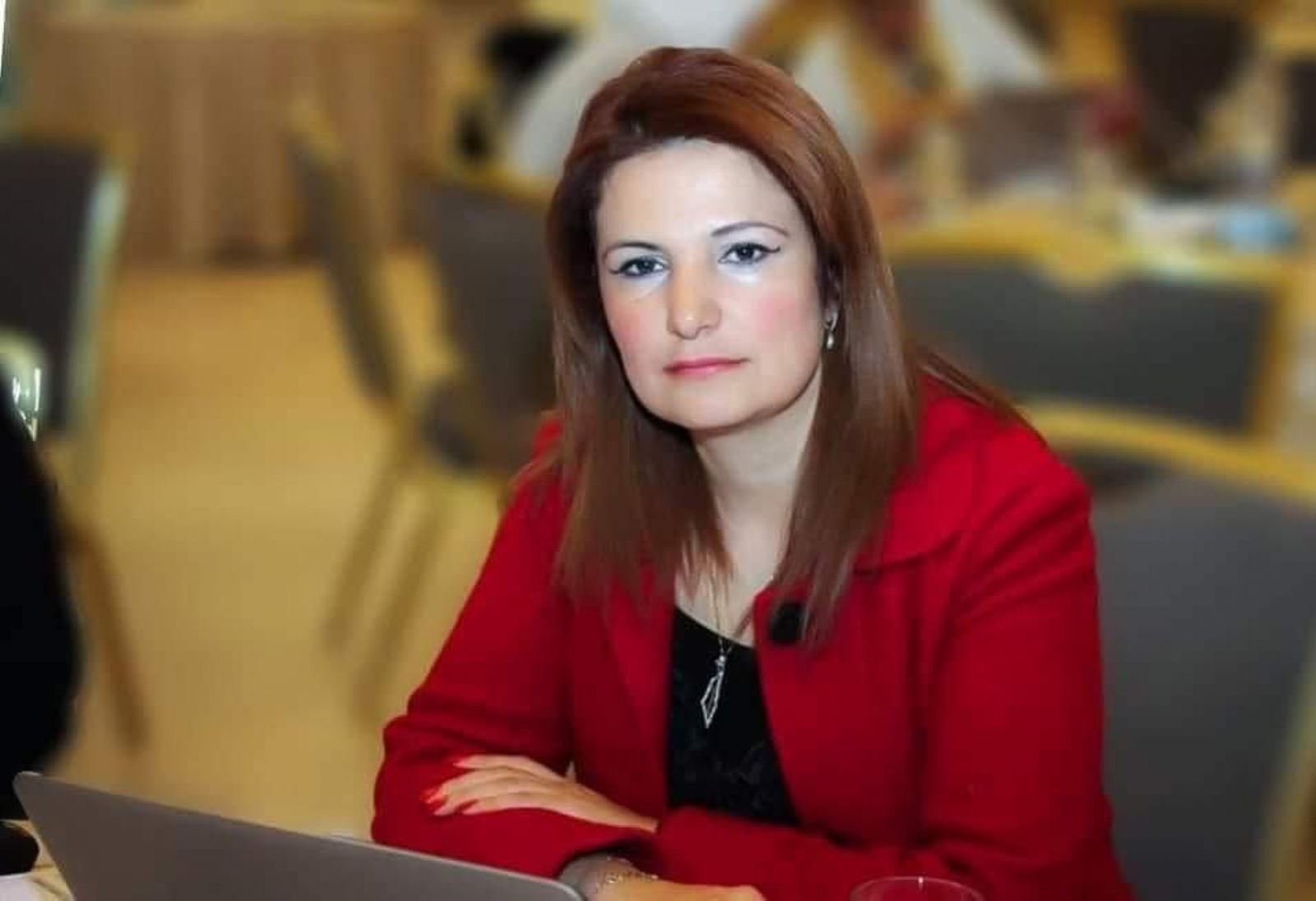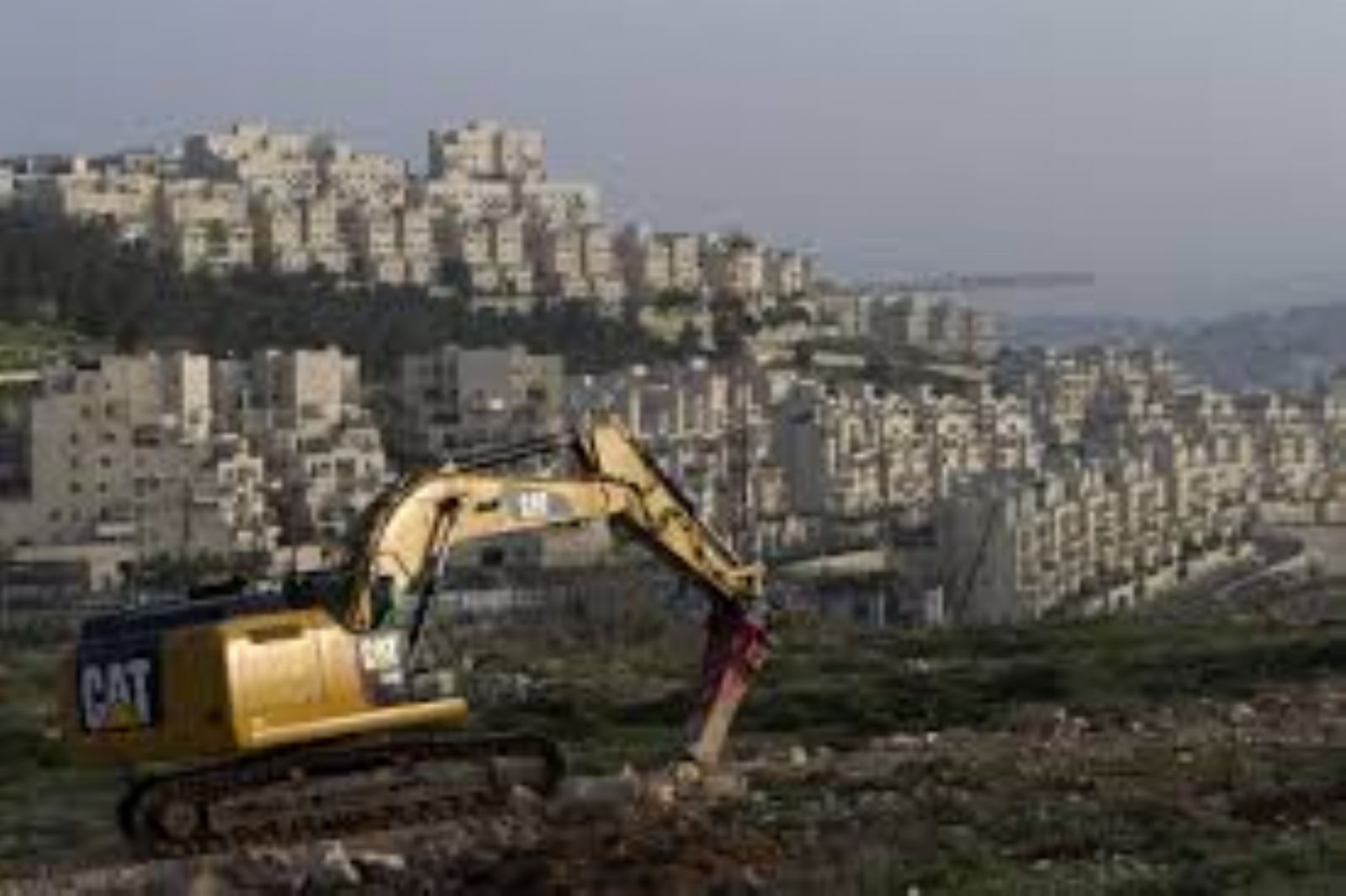
By: Madeeha Araj,
It was disclosed that 3 schemes of displacement and ethnic cleansing are on the Israeli occupation government agenda, first, to go ahead with the settlement plan known as E1 through evacuating all the Palestinian "Bedouin" living in the "E1" area and the areas surrounding the settlement of Ma'ale Adumim, including the implementation of a very large settlement plan linking the settlement of "Maale Adumim" and the occupied Jerusalem in order to control to entirely occupied it, and to cut the West Bank into pieces. PM Netanyahu decided to expel the Bedouin communities surrounding the occupied city of Jerusalem and the Ma'aleh Adumim and Mitzpeh Yeriho settlements near road No. 1 towards the Dead Sea and transfer them to the nearby towns of Jericho and Abu Dis. Netanyahu's decision came at the end of a meeting held with representatives of the so-called right-wing Jerusalem Forum and the Regional Council of the Mateh Benjamin's settlers, "where he also decided the demolition of houses and tents of citizens in the Bedouin areas.
Second, is a secret one supervised by the right-wing mayor of Jerusalem, Nir Barakat, which stated the demolition of a residential neighborhood near the Qalandiya checkpoint in Kafr Aqeb outside the Apartheid Wall. It includes 6 buildings, each with 6 floors and a mosque within a month under the pretext of unauthorized construction. It was presented by Nir with the aim of opening a main-road to Jerusalem.
Third scheme, is a military order, "put a hand" and confiscating the Ein-Hilweh and Umm al-Jamal lands in the Malih Valley in the northern Jordan Valley, where the commander of the occupation forces in the West ratified it beginning of this month, he specified them as "Restricted Areas", i.e. no entry allowed nor property where the Israeli army intends to demolish the homes of hundreds of Palestinians living in this area under the pretext of an unauthorized property, a name used by the army to evacuate the settlement outposts in the West Bank, and the population was given 8 days to leave the area, which means the displacement of 300 Bedouin living there on about 550 donums.
In the Bethlehem Governorate, the Israeli occupation authorities officially intended to transfer the military checkpoint of Ein Ya'al, which located on the road Jerusalem - Jebel Gilo settlement, aiming to transfer the Palestinian land to the Israeli side. Al-Walaja neighborhood, south of the city was informed to transfer the checkpoint, which means that the area that includes Ein-Hania will be transferred from the Palestinian side to be under the Israeli control. Moreover, a wall will be built around Ein al-Hania, and a center and a restaurant will be built for visitors and will be affiliated to the Israeli occupation municipality in Jerusalem.
Minister of Jerusalem affairs, Zeev Al-Keen, called on settler leaders to begin planning to increase the number of settlers to one million in C Area in the West Bank within the next 10 to 20 years depending on the pace of settlement construction. In the West Bank, "Al-Keen said there will be no two states, there is only the State of Israel and will be between the Jordan River and the sea. That was at a special conference held in Jerusalem on population growth in the settlements in the West Bank entitled "on the road to a million". The current pace of settlement starts at less than 3,000 units per year, which is not enough to allow such a population increase, adding that eventually it will need 100,000 to 120,000 new housing units, urging the Regional Council for Settlements to begin preparing technical plans for that.
As usual, Netanyahu said during his meeting with settlers' leaders in the Hebron city that settlement in the occupied city "is based on a long historical right." Adding Hebron is the city of grandparents and the city where Jewish ownership began. "The Israeli people support the continuation of settlements in Hebron, urging that "the construction of the Jewish settlement is based on a long historic right, government decisions and contemporary international agreements."
The National Bureau condemned those positions issued by Netanyahu and other ministers and settler leaders. It warned of the dangerous opinion of the Israeli government's legal adviser, Avigdor Mandelblit, which under certain circumstances Israel could acquire private Palestinian land in favor of settlements "The National Bureau views this view as an attempt to remove the last legal obstacles of theft and expropriation.
A list of the Assaults Documented by the National Bureau Perpetrated by Israeli Occupation and Settlers over the last week:
Jerusalem:
Demolishing Palestinian homes and facilities in the Bustan neighborhood of Silwan, south of Al-Aqsa Mosque otherwise, the house owners will be fined NIS 80,000.
Breaking into the town of Issawiya in the center of Jerusalem, and issued notices of new administrative demolition of a number of houses under the pretext of building without a permit.
Family of Al-Maqdisi, Amin Al-Abbasi demolished their commercial store in the Ayn Al-Luza neighborhood in the town of Silwan, south of the Al-Aqsa Mosque, under the pretext of building without a permit.
Demolishing two rooms and several apartments in the Issawuya neighborhood belonging to Omar Dari under the pretext of having no permits. Owners received previous notices to stop construction.
Demolishing another residential building under construction in the town of Al-Isawiya, northeast of Jerusalem under the pretext of building without a permit. Local sources reported that an Israeli military force stormed al-'Asawiya and surrounded a residential building belonging to Palestinian Ibrahim Mousa Salama, and then destroyed it.
Demolishing an agricultural facility and a warehouse in the city of Jerusalem under the pretext of building without a permit. The Israeli occupation forces, accompanied by municipal staff and the Nature Authority broke into the Sawwanah and Wadi-Joz neighborhood and demolished a store built of bricks. They also confiscated container, and fined more than 15 buses in the neighborhood under the pretext of their presence in a "public land".
Issuing a notice to demolish two schools in the West Bank built with European funding at the Wadi-Sik and Al-Mentar, which were built last year to support the Bedouin communities, where currently 100 students are learning.
Hebron:
Handing over demolition notices to 2 rooms and a kitchen in the area of Khallet-Daba in Masafir Yatta, located between the settlements of Maon, Metsebi Yair and Yavigal, east of Yatta, south of Hebron, owned by Jaber Ali Debabsa. He was given 7 days to remove them.
Closing farming roads east of the Yatta town linking the town with Al-Mafraq Al-Sharqiya, and prevented the movement of citizens.
Scores of extremist settlers stormed the area of Beer-Sabea Street in the middle of the occupied city of Hebron to perform religious rites as settlers claim to have a Jewish shrine at the tomb of Athenel Ben-Qinz, located on the side of the road in the center of the city.
Closing the road leading to the central market in a city to enable scores of settlers to reach the site. The settlers raided an old house in the area guarded by Israeli occupation forces, raising Israeli flags and chanting racist slogans against Arabs.
Beating child, Ahmed Marwan Hadeeb, 15, by a settler in the center of Hebron causing him severe injuries.
Bethlehem:
Settlement Brigade in the occupied West Bank recently confiscated 50 dounums in the Bethlehem area in order to expand the settlement outpost of Ma'aleh Rehavam, south of the city.
Demolishing orders were issued for houses in the Ein Juiza, near the Al Walaja village, west of Bethlehem, belonging to Khaled Abu Khayara, consisting of a 170 sq.m. floor, another of an area of 80 square meters belonging to Yosif Rabah.
Ramallah:
Establishing new settlement units on the lands of the Turmosaya town north of the city of Ramallah in the center of the occupied West Bank. Local sources said that the occupation began the construction of housing in the eastern area of the towns Jalud and Qaryut, in favor of the Aad settlement built on the village lands between Nablus and Ramallah.
Settlers gathered on the main St. 60 adjacent to the Sinjel town, chanting racist slogans, amid threats of attacking houses there. Furethermore, they threw stones against citizen, Nasser Ghafri's vehicles causing great damages to it.
Demolishing a house belonmging to citizen, Moh'd 'Adel Awad, from Ni'lin village, west of Ramallah.
Nablus:
Bulldozing lands in the 'Asira al-Qibliya village, south of Nablus, west of the settlement of Yitzhar. The Israeli occupation forces continued to conduct military exercises with live ammunition in the Khirbat-Tawil area, south of Nablus. The Israeli occupation forces informed the residents not to leave their homes in Khirbet in order to conduct military training.
Salfeet:
Settlement bulldozing at Al-Dohor Pastoral Area near the Bruqin and Kufrl-Deek towns west of Salfit, to build new housing units for new students.
Tulkarm:
Handing over orders for farmers from the Shufa village, southeast of Tulkarm, to confiscate more of their land for expansion purposes for the settlement of Avnei Hefetz, located on the lands of Shufa and Kafr El-Labad villages.
Jordan Valley:
Confiscating a bulldozer belonging to a Palestinian citizen, Basim Melitat, who was working on reclaiming some agricultural land near Khirbat Tana..
Erecting iron-gate near Kherbit Tana near Al-Ras Al-Ahmar to impede the movement of the people ther.
Destroying parts of a 2 km long agricultural road in the Ras Al-Ahmar area south of Tubas.
